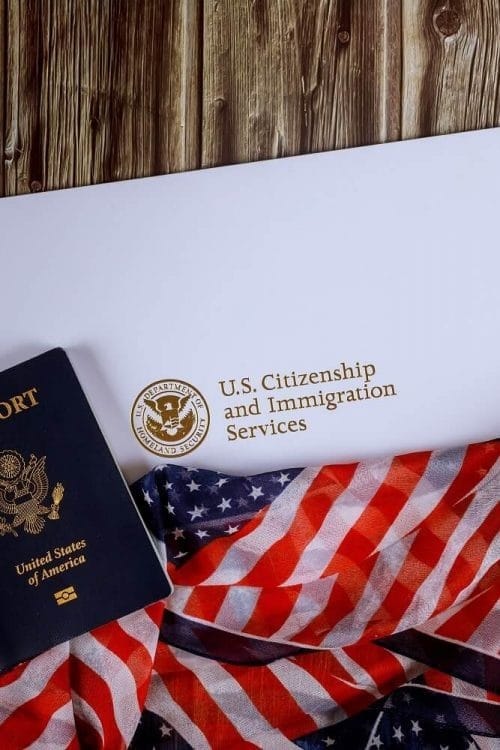Observations: Immigration
The first restrictions on immigration came in 1882, with the Chinese Exclusion Act, which targeted Chinese laborers, and kept them from entering the United States.

Immigration has become a fraught issue in contemporary America. President Donald Trump has persuaded his base – and his voters in 2024 – that immigrants, particularly ones living in the country illegally – are responsible for all the ills that ail our country.
The Trump administration has embarked upon a ruthless effort that claims to target immigrants living in the country illegally, but in the process has swept up legal immigrants with green cards and even American citizens.
This effort echoes a similar effort in the earlier part of the 20th century. The United States, of course, has always been a nation of immigrants. But hostility to those coming from poorer parts of the world, or who look different, reflects the hostility that was so vicious earlier in the 20th century.
The first restrictions on immigration came in 1882, with the Chinese Exclusion Act, which targeted Chinese laborers, and kept them from entering the United States.
Hostility increased in the latter decades of the 19th century, as fewer immigrants came from Western Europe, and more arrived from Eastern and Southern Europe. These new arrivals were frequently poorer, less well-educated and presumably harder to assimilate.
But the hostility also reflected a profound racism, not unlike what we are facing today. In 1916, Madison Grant, a lawyer and anthropologist, wrote a book entitled “The Passing of the Great Race,” in which he extolled the pseudoscience of eugenics, and hailed Nordic superiority in all things.
In the early years of the 20th century, there were efforts to impose language tests, to keep non-English-speaking immigrants from coming.
But the major effort came in 1924 with the National Origins Act, which restricted immigration to 2% of what it had been in 1890, and used that year, when more immigrants came from Northern and Western Europe, as the template for all future immigration.
The act was racist and nativist in the extreme, and remained on the books for decades.
And today, we seem to be recreating that very effort. The administration has cut down dramatically on the number of immigrants who can come, and is now moving to favor whites, like those in South Africa, rather than people of color. There is a proposal, noted last week in the New York Times, to make the test for American citizenship harder, with more questions, than ever before, to keep certain immigrants from becoming citizens. And, of course, there is the extraordinary effort to deport people, according to quotas, as Trump promised to do in the last presidential campaign.
It goes without saying that most of us today would not be here had it not been for the immigration of our ancestors. My paternal grandfather fled Palestine to avoid service (as a Jew) in the Turkish army – an almost certain death sentence. Both of my maternal grandparents fled the Russian empire around 1912, for their revolutionary sentiments were not appreciated there. Each one of us has a similar story, which collectively make up our American story.
The United States finally reversed the discriminatory policies of the 1920s, and began to admit many more immigrants from all around the world. Now, we seem to be reversing that commendable effort, to return to a discriminatory pattern of the past that undermines the best parts of American life.
Allan Winkler is a University Distinguished Professor of History Emeritus at Miami University, where he taught for three decades. He serves on the Board of Directors for the Oxford Free Press.




